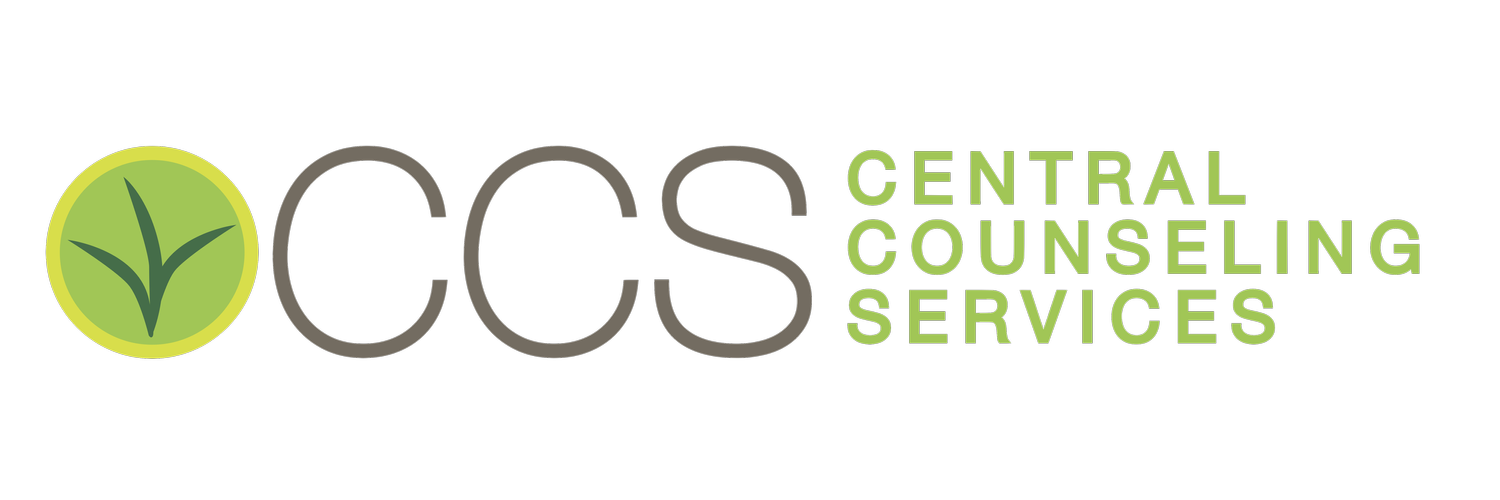Blog


Tips on Dealing with Separation Anxiety
Do not, I repeat, Do NOT sneak away when your child is not looking. This may seem like the easier way to leave your household, but it reinforces to your child that if they are not alert scary things will happen. They need to mentally prepare for being alone, not feel panicked when they realize they are alone.










How Can I Keep A Strong Bond With My Partner While In Quarantine?
How can I keep this bond strong with my partner while in quarantine? And how can I not lose my mind while doing so?


